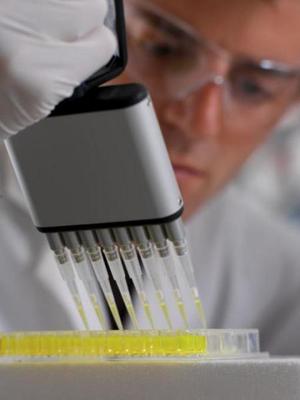What is genetic engineering?
- Artificial modification of the genetic material of a living organism or living cell. This modification may include Expression, over-expression, or silencing a gene(s) or a transcript(s).
- Makes use of the techniques of molecular cloning and transformation.
- Means techniques of transferring genes from one kind of organism to another and increasing their amounts are called Recombinant DNA Technology or Genetic Engineering.
- The key step in this branch of science is Gene Cloning.
Why do this modification is needed and what are its uses?
- To repair a genetic "defect“
- To enhance an effect already natural to that organism
- To increase resistance to disease or external damage
- To enable it to do something it would not normally do
Gene control
The different cell type in a
multicellular organism differ
dramatically in both structure and function.
If we compare mammalian neuron with a
lymphocyte
Differentiation is irreversible
Are genes might selectively lost when
the cell differentiates ?
Differentiation generally depends on the
change in the expression rather that the change in the genome sequence.
How did we know?
We knew from
three experimental models
A. Frog’s cell
When the nucleus of a
fully differentiated frog cell ..... injected
into a frog
egg whose nucleus has been removed,
it is
capable of directing the recipient egg to produce a normal tadpole.
Because the
tadpole contains a full range of differentiated cells that derived their DNA
sequences from the nucleus of the original donor cell. So, the differentiated
donor cells have not loss any DNA sequence.
B. Plant
model
Here,
differentiated pieces of plant tissue are placed in culture and then dissociated into single cells. Often, one of these
individual cells can regenerate an
entire adult plants.

C. Finally,
in mammals
including sheep, cattle, pigs and nice by introducing nuclei from somatic cells into the enucleated eggs (Called reconstructed zygotes)develop into healthy animals.

including sheep, cattle, pigs and nice by introducing nuclei from somatic cells into the enucleated eggs (Called reconstructed zygotes)develop into healthy animals.









0 التعليقات:
Post a Comment